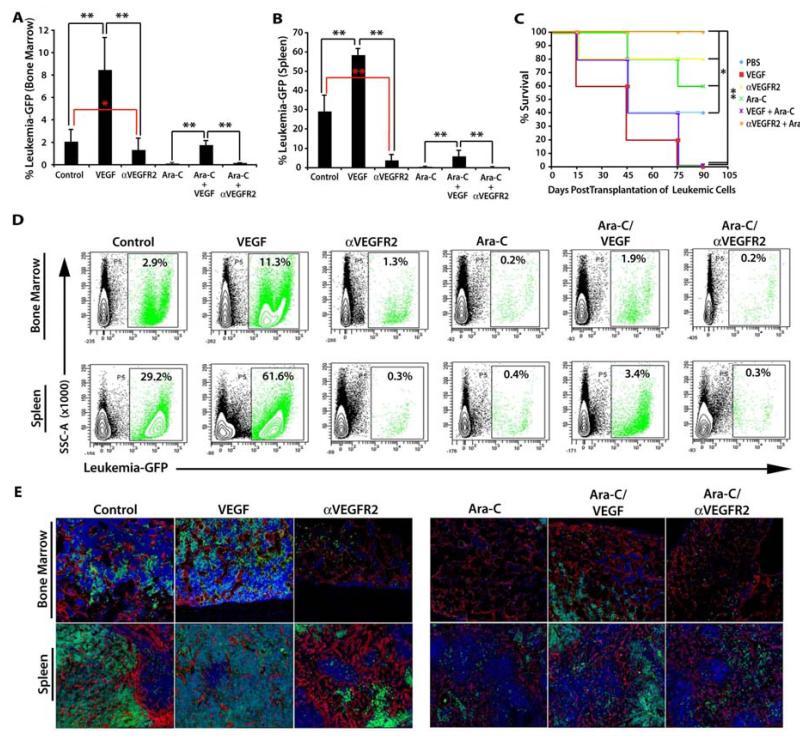Figure 4. VEGF-A, through activation of the VEGFR2+ BM vascular niche, enhances engraftment, progression, and chemoprotection of leukemic cells.
A-B) Sublethally irradiated mice (650 Rads) were injected with 1,000 GFP+ MLL-AF9 leukemic cells to interrogate the effect of the VEGF-A/VEGFR2 stimulated vascular niche in leukemic cell progression (n=20 per cohort, 3 independent experiments). A) Mice given 100 ng of VEGF-A showed a remarkable increase in the number of leukemic cells in the BM, while mice treated with 800 μg/injection of mAb to VEGFR2 displayed very low levels of MLL-AF9 engraftment. When treated with 125 mg/kg of Ara-C, mice given exogenous VEGF-A exhibited a marked increase in leukemia survival and leukemic burden, while the control and those treated with mAb to VEGFR2 manifested no chemoprotection. B) These results were mirrored in the spleens, with the only difference being higher initial levels of GFP+ leukemic cells in the control and VEGF-A treated mice. C) Survival graph of mice. Treatment with an αVEGFR2 antibody increases the sensitivity to Ara-C treatment thereby significantly increasing the survival of the treated mice over all the other cohorts (n=15, 3 independent experiments with 3 different clones). D) Representative flow cytometric plots of the leukemic burden in the BM and spleens of VEGF-A mice demonstrating dramatic increased engraftment of GFP+ leukemic cells and resistance to Ara-C. E) Immunofluorescence of the BM and spleen tissues demonstrates the increased leukemic burden in VEGF-A treated mice and the greatly reduced number of GFP+ leukemic cells in those treated with a mAb toVEGFR2. All data represents mean + s.d. Significance of Survival Curve was determined by Log Rank Test (*P<0.05. **P<0.001).

